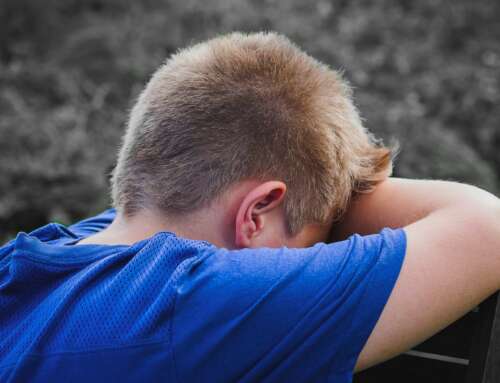
The Education Partners
What is social and emotional wellbeing?
Social and emotional wellbeing is about happiness and life satisfaction. It is about positive feelings, character strengths, engagement, relationships, meaningful activity and accomplishment.
Promoting the social and emotional wellbeing of students is important to ensure that all young people are supported to live happy and fulfilling lives. Additionally, research has shown a strong link between students’ social and emotional wellbeing and academic achievement.
Measuring social and emotional wellbeing enables your school to effectively target policies and programs to support students’ development, to monitor the effectiveness of these programs, and to ensure all students have the opportunity to flourish in your school.
The Australian Council for Educational Research (ACER) Social-Emotional Wellbeing surveys were designed by Professor Michael E. Bernard (Melbourne Graduate School of Education) as a method for schools both nationally and internationally to assess current levels of students’ social-emotional wellbeing (SEW). The surveys provide extensive data on the SEW of groups of students (e.g.: at one or more grade levels; whole school).
ACER uses an ‘ecological’, positive-psychology model of the social and emotional wellbeing of young people. The ACER Social-Emotional Wellbeing Survey asks students about their feelings and personal characteristics, and also their experiences within the context of their families, schools and communities.
More than 60 000 students have taken the ACER Social-Emotional Wellbeing Survey. This research has given ACER important insights into the social and emotional wellbeing of young people.
What does social and emotional wellbeing look like?
The results from the ACER Social and Emotional Wellbeing Survey are described on a continuum of six levels: highest, very high, high, low, very low, lowest.
Young people at the lower levels of wellbeing experience multiple negative emotions and behaviours and few positive emotions and behaviours. They often feel lonely and down, and may not have the skills to manage stress. They may use alcohol and drugs. They are unlikely to have supportive peer relationships or experience best-practice parenting and teaching.
Young people at the highest levels of wellbeing have exceptionally strong positive feelings, pro-social attitudes, emotional awareness and self-acceptance. They forge strong peer relationships with other emotionally well-developed students. They work hard and collaboratively at school, are supported by teachers to discuss their feelings, values and behaviours, and feel their voice is valued in their own learning process. They display stress management skills, confidence, organisation and goal orientation towards schoolwork. Their parents and teachers spend time talking to them about life skills, such as making friends, managing stress, developing confidence and persistence. They volunteer in school and other communities in which they feel connected, cared for and supported.
How can schools support optimal social and emotional wellbeing?
Teach students to:
- manage stress and cope with their worries
- describe their feelings and respect other people’s feelings
- solve problems without fighting
- be confident
- be persistent, organised and goal-oriented in schoolwork
- discuss and act on ideas to make their schools better and safer
- make friends, especially with peers who behave well and work hard.
– Victoria Major
Further information
W: www.acer.edu.au/sew I E: [email protected]







Leave A Comment